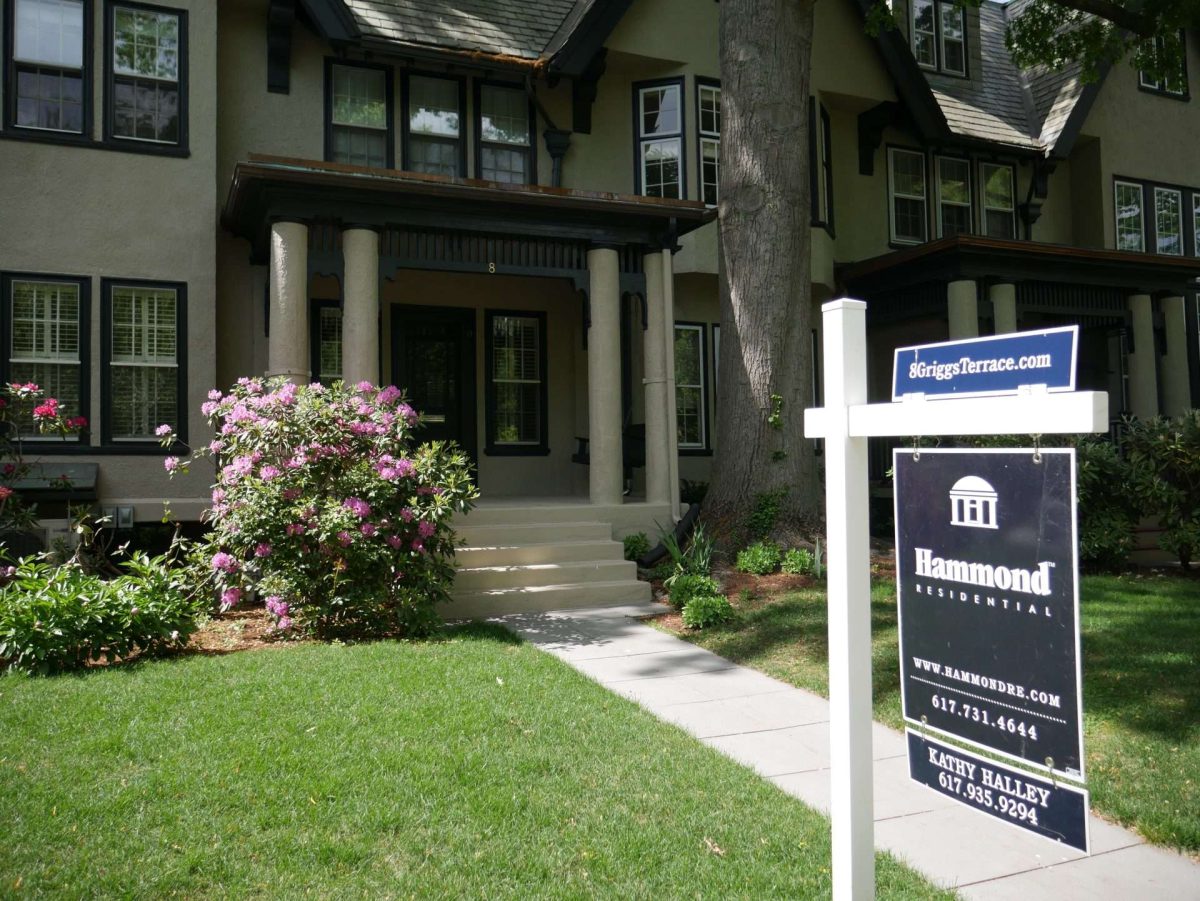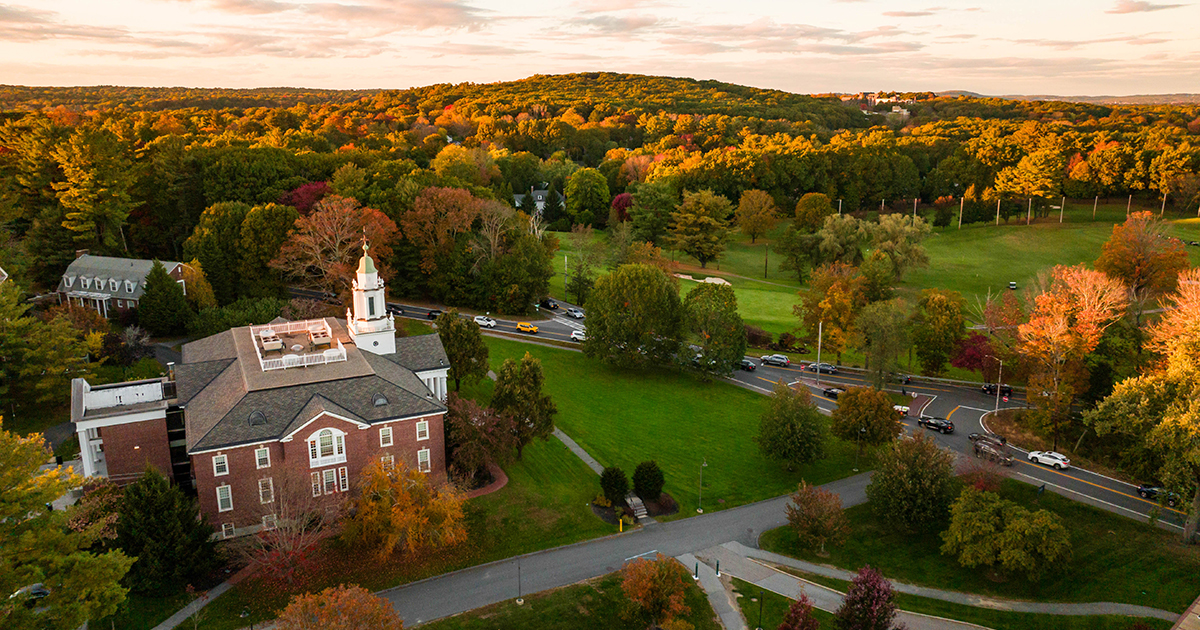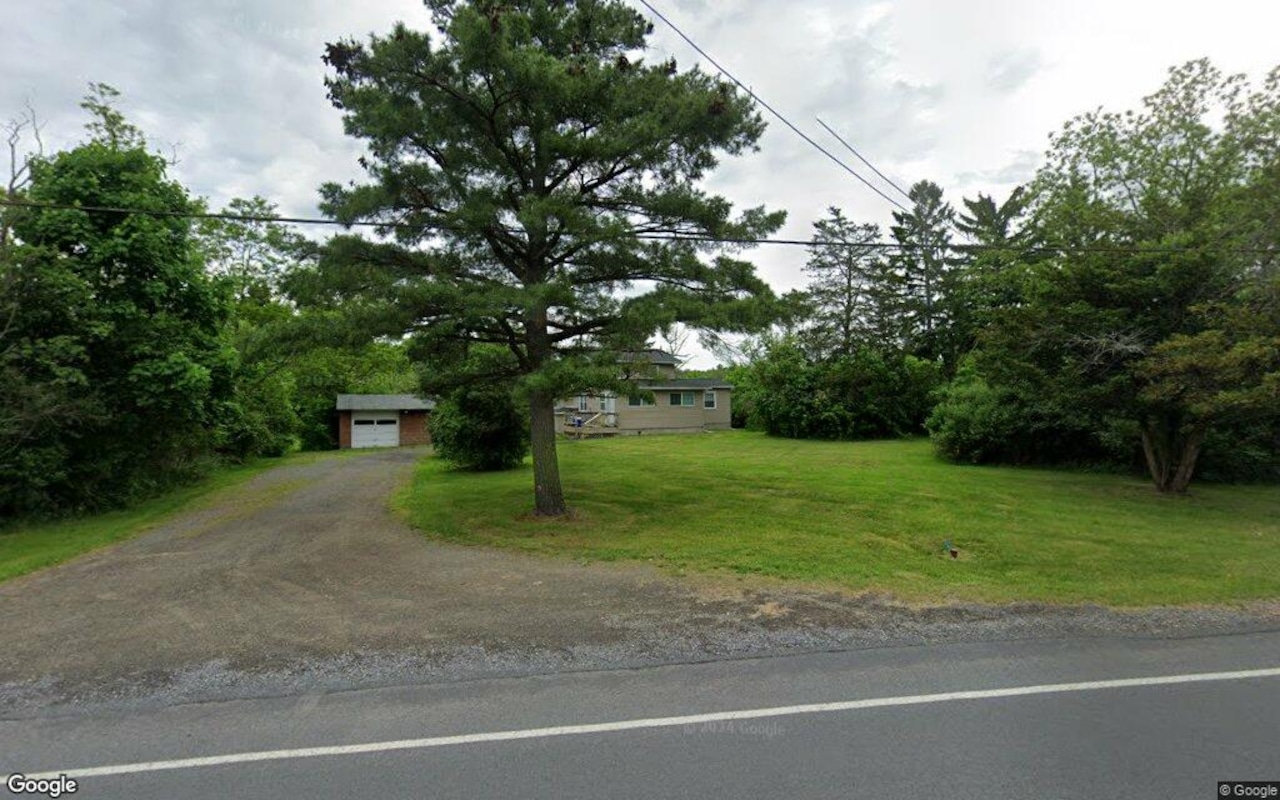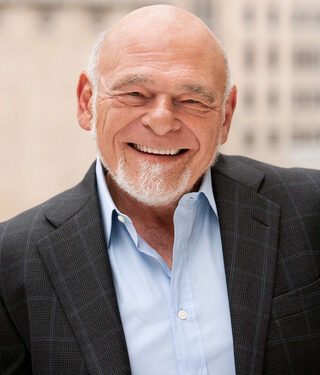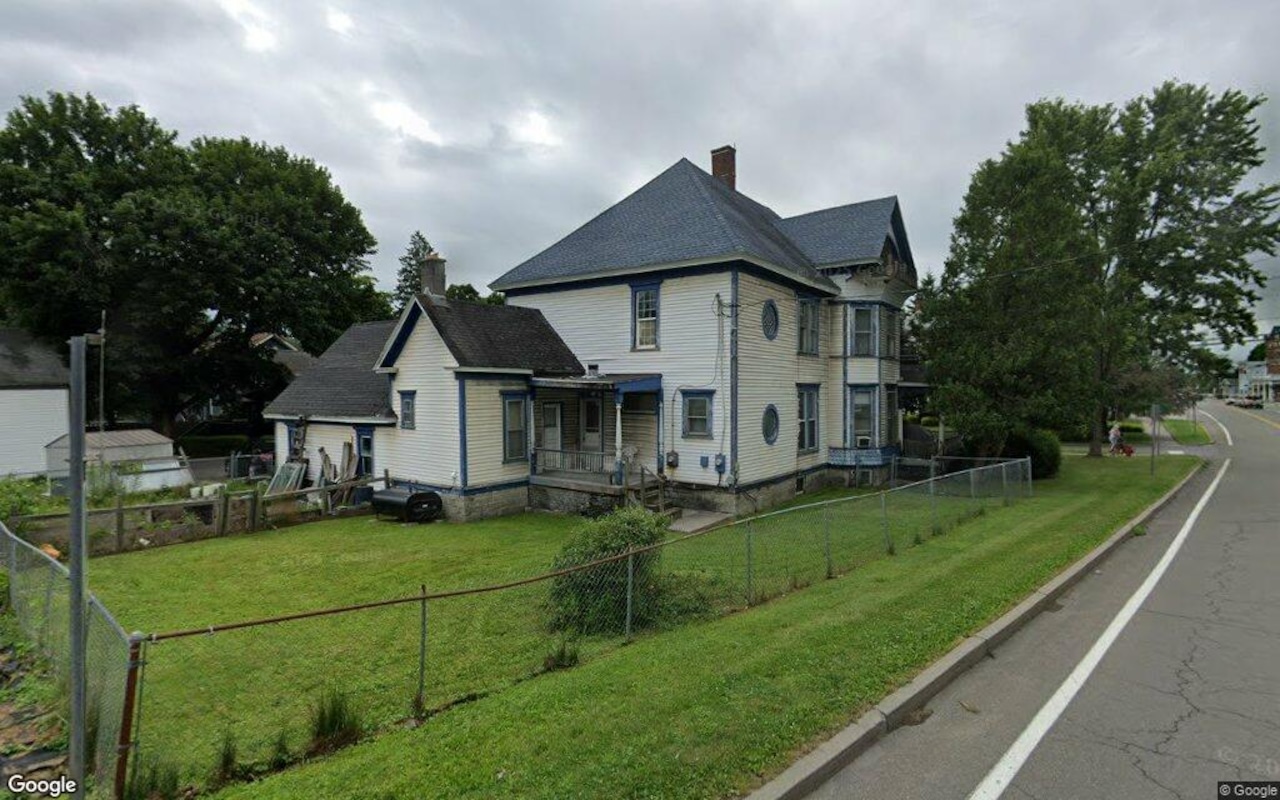L
os Angeles voters approved a new tax on high‑value real‑estate transactions in 2022, known as Measure ULA. The measure imposes a 4 % fee on sales between $5 million and $10 million and 5.5 % on those above, while lower‑priced sales are taxed at roughly 0.5 %. Since its 2023 implementation the tax has generated about $830 million for affordable‑housing construction, renter subsidies, and tenant‑eviction assistance, making it the city’s largest single source of homelessness funding. Yet the tax has also drawn criticism: it applies to commercial, industrial, and multifamily projects, and studies suggest it has slowed apartment construction by roughly 1,910 units per year, including 168 fewer affordable units, and has reduced property‑tax revenue by up to 63 %.
The Howard Jarvis Taxpayers Association (HJTA), a low‑tax advocacy group, is now collecting signatures for a 2026 ballot measure that would cap California’s transfer‑tax rates at just over 0.05 % of property value—about one‑twentieth of a percent—while also raising the approval threshold for voter‑initiated special taxes from a simple majority to a two‑thirds supermajority. If enacted, the measure would strip municipalities of billions in revenue, with cities like Los Angeles and Santa Monica projected to lose $2–3 billion annually, and Berkeley could see a 15–30 % hit to its general fund.
Supporters of the measure argue that it would protect taxpayers from escalating transfer‑tax burdens and curb the proliferation of special‑tax initiatives that have been approved by simple majorities since the 2017 Upland decision. Critics warn that the measure would undermine local funding for housing, homelessness, and public services, and could stifle job growth by removing a key revenue source for municipalities.
During the last legislative session, Senate Bill 423 sought to exempt new residential developments from the ULA tax and grant the city flexibility to renegotiate affordability requirements, but the bill was stalled and ultimately left for the next session. The Howard Jarvis campaign has already begun signature collection and fundraising, and its president, Jon Coupal, says the window for opposition has closed.
California’s tax‑reform battles trace back to Proposition 13 in 1978, which capped property taxes and limited government revenue. Since then, the state has seen a steady rise in voter‑initiated special taxes, many of which have passed with simple majorities, prompting business groups to push for higher thresholds. The current measure represents the latest attempt to tighten fiscal control at the local level.
If the measure passes, it would not only cap transfer taxes but also eliminate parcel taxes that were approved by less than two‑thirds majorities, further reducing municipal budgets. The loss of revenue would affect not only housing and homelessness programs but also general‑purpose budgets that rely on transfer‑tax income.
LA’s branding of the measure as a “mansion tax” has helped galvanize support among residents who see it as a way to fund affordable housing, but the tax’s broader application has made it a political liability for the city and a rallying point for statewide tax‑capping advocates.
Developers and researchers have highlighted the tax’s chilling effect on the housing market, noting that the high rates have discouraged new construction and contributed to a shortage of apartments. Meanwhile, proponents of the measure argue that the funds generated are essential for addressing homelessness and that the tax is a necessary counterbalance to unchecked growth.
The Howard Jarvis measure will appear on the November 2026 ballot, and its success could set a new precedent for how California cities manage transfer taxes and special‑tax initiatives. Whether voters will favor a tighter cap on local revenue or prioritize continued funding for housing and homelessness remains to be seen.

